Two things have sent my thoughts along the same path recently; an obituary of Eric Sykes in the Guardian, and this Goons record from 1956.
Mr Crownfolio insists that you press play, please, before reading any further. Thank you.
Bloodnock’s Rock ‘n’ Roll Call is worth considering in its own right; this was one of the first chart records with ‘rock and roll’ in the title and got to number 3, but it’s now almost completely and inexplicably forgotten in favour of the Ying Tong Song.
The connection between the two, and the probable reason that the record has been neglected, is the army. The listeners to the Goon Show record probably knew very little of rock and roll, but the lyrics assume they all understand military language and mores, and furthermore will enjoy their subversion.
From the Guardian obituary, meanwhile, here’s Eric Sykes on the importance of the army to comedy in general.
Sykes [… ] believed that the only way Britain would get another crop of writers like Milligan, Frank Muir, Denis Norden, Speight and himself would be through the reintroduction of conscription. “Take ‘away the necessity of earning a living,” he said, “provide food and bed so that you can just sit on your backside for two years and you will find that the violinist will practise his violin, the language student will learn a language and the comedian will create comedy. It’s no good expecting it to come from people who are in boring, undemanding jobs, for they have already half-settled for what they’ve got. Conscription is an obvious staging post. A war is even better if you can keep alive.”
This connection between army life and comedy is interesting in its own right, but it’s also a way in to a very different take on the 1950s. It’s easy, from here, to draw that decade and it’s reaction to the war in very simplistic terms. Here are happy people, happy to take simplistic pleasures now that the conflict is over.
Here are are a legion of housewives, driven back to the home but secretly discontented.
Here are cheerfully bright colours in reaction to the porridge colours of the preceding decade.
We imagine the whole population, used to being ordered about, partaking of this life without dissent. A conformist decade, in short.
But for almost the entire male population of the country, and a considerable proportion of the women too, the experience of war is also the experience of the army. While this means discipline, it also breeds a kind of insubordination and irrationality in reaction, even if it’s not actually spoken out loud at the time.
This bubbling up of silly voices and absurd responses is an important facet of the Goon Show. It takes even clearer form in Kingsley Amis’s Lucky Jim, where Jim Dixon’s interior monologue is precisely this kind of anarchic response to authority figures and the comedy relies on the gap between expected deference and the desire to say something very stupid indeed.
In many ways this kind of hysteria feels like a much more authentic reaction to the stresses of war than simply choosing to paint the living room tomato red.
So, then, of course, I started to wonder whether the same impulse made itself felt in posters. And of course it did.
I’m sort of used to this Henrion poster by now, but it is really, very odd indeed. In fact the whole set is.
They’re all from 1956, so contemporaneous with Jim Dixon and the Goons. This pair of Ungers come from the same year too.
The last one is particularly peculiar if you ask me.
Now I know that this kind of nonsense rhyming has a long tradition in English, but I still think that the urge to put it onto posters is a sign of the times. Although I would guess that the commissioning process didn’t let much of this kind of oddity and anarchy into print.
But I also think that its influence can be seen more widely as well. Take this Abram Games, for example.
Or this Tom Eckersley.
They’re both examples of classic 1950s poster design, in the way that they engage in a kind of visual punning, making a shape or an object mean two things at the same time. It’s a style that owes something to surrealism, certainly, but I would also argue that its original impulse comes from the same place as Bloodnock’s Rock ‘n’ Roll Call, the desire to do the opposite of what is expected.
What’s gone wrong with our version of the 1950s is the 1960s. Because we see that as the decade of youth, rebellion and subversion we, almost without thinking, need to make the decade which came before it conformist and rather dull. While large swathes of it probably were quite a lot like that, it’s still unfair on the people who weren’t to forget them entirely. And if we do remember the desire to answer back to the sergeant-major in a silly voice, perhaps it can also help us to look at the graphic design of the times in its wider cultural context.
Remember, send only 2/6 for a copy of this record.

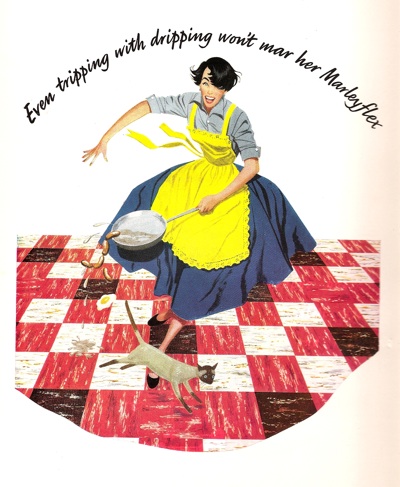
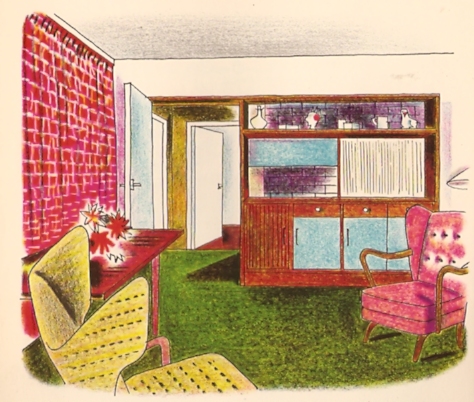
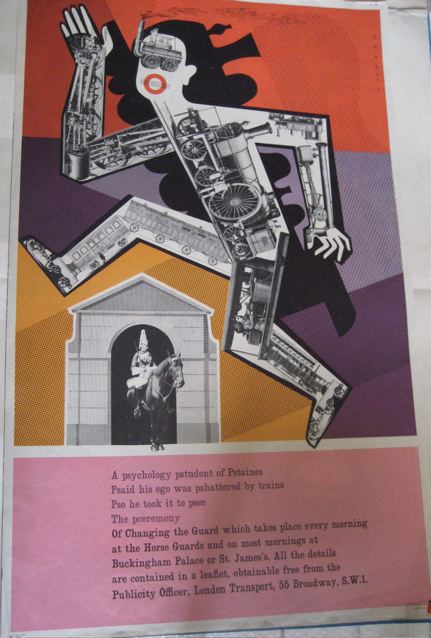

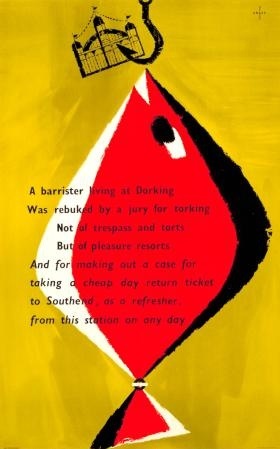
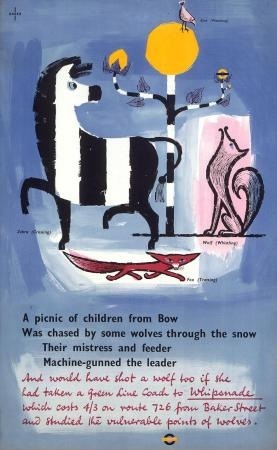
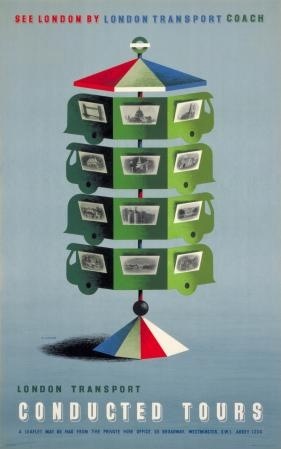
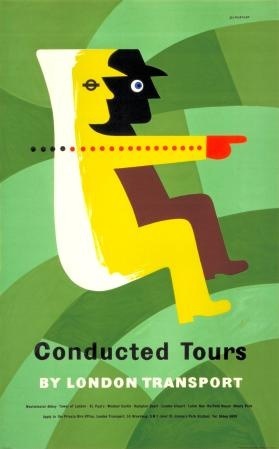
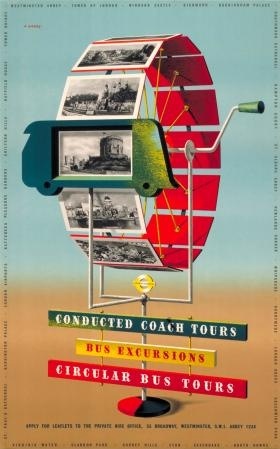
What a brilliant post! A fresh, well-considered, fun to read essay on the 1950s. The best I’ve read. And I’m new to the Goons – loved that recording. Thanks so much.
New to the Goons? What a treat you have in store. I was brought up on them, thanks to my father, whose sense of humour had very much been shaped by listening to them. He also did his national service in the army too, which probably isn’t a coincidence.